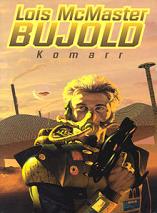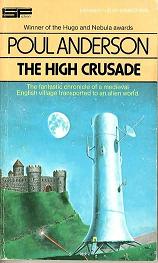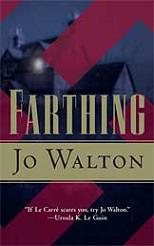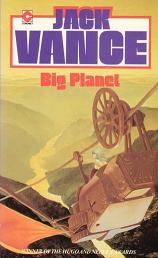
Komarr
Lois McMaster Bujold
311 pages
published in 1998
Komarr was the first Miles Vorkosigan book I’d ever read, back in 1998. At the time it was the latest in the series to have been published and deliberately written as a jump on point for new readers like me. I didn’t jump in completely ignorant however, as the Vorkosigan series was one of the favourite series of rec.arts.sf.written, which each new novel thoroughly dissected and discussed. It was these discussions that prompted me to finally pick up one of the series and luckily, it was the perfect starting point.
What I missed about Komarr the first time around was how feminist it is in its own right. It’s not an overtly political book, but the heart of the story is how one woman manages to escape from a bad marriage and the gender assumptions, traditions and expectations she grew up with. It’s her story that makes Komarr special, in what otherwise would’ve been a fun but unremarkable adventure science fiction story. As I’ve realised since, Lois Bujold has always been good at infusing even her slightest science fiction with subtle sociological backgrounds, imagining what effects the usual genre props might actually have on a society. So for example, the coming of Galactic gender assignment technologies to backward Barrayar has lead to a glut of males, as tradition values male heirs more than costly daughters and every family scrambled to make sure they got their quota of males. It’s something that has happened in the real world as well, not that outrageous a prediction to be sure, but Bujold pulls that sort of thing all the time, hidden in plain view in the background to Miles’ adventures.



